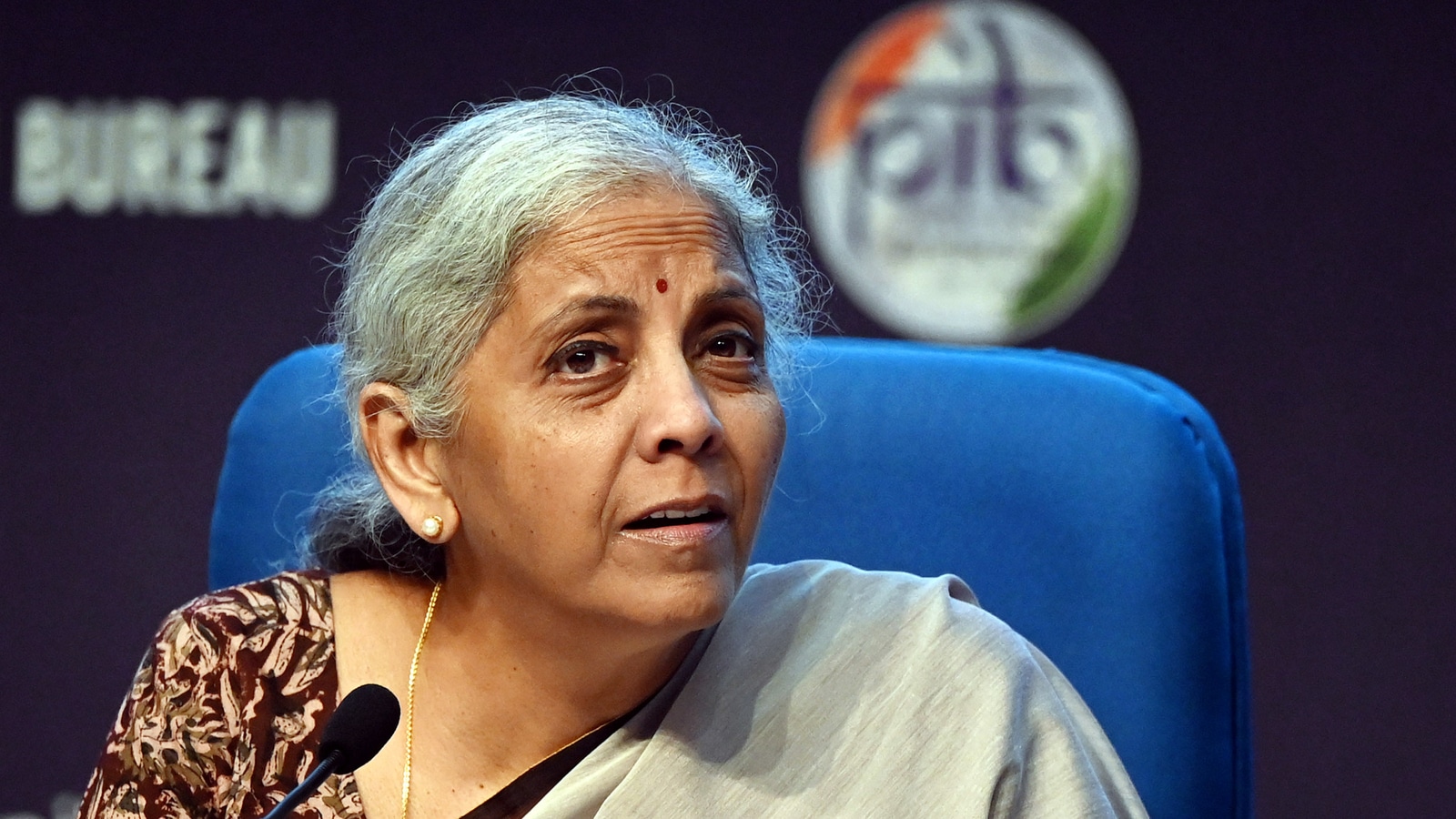The government is nudging salaried income taxpayers to move to a new regime, which it says is simpler and offers lower rates of taxes. The new regime was announced in the Union budget for 2020-21 and it co-exists with the old tax regime. Salaried taxpayers are free to choose either regime when they file their returns but for those with income from business or profession, the new regime is the default regime from this assessment year (2024-25).

To make the new regime more popular among the salaried, the government announced an increase in the standard deduction and tweaked the tax slabs. These changes can result in additional savings of up to ₹17,500 for salaried taxpayers who have migrated to the new tax regime.
Read more: Gold, silver, and platinum jewellery to get cheaper after duty cut in Union Budget 2024
How are the two regimes different?
The old regime allows taxpayers to claim a plethora of deductions and rebates to lower their tax liability. Claiming these rebates and deductions is not simple and straightforward for many small taxpayers. Deductions and rebates allowed include those under Chapter VI A of the Income Tax Act such as the popular Section 80C deductions. That apart, taxpayers availing a home loan to buy a house were allowed to reduce interest on loan from their income to calculate taxable income. The old regime allowed tax planning using a range of investment instruments and expenditures.
The new tax regime, in contrast, does away with the need for tax planning as it is simpler and allows fewer deductions. Standard deduction is one of the few deduction currently allowed under the new tax regime.
Read more: Budget 2024: These 4 TDS changes announced by Nirmala Sitharaman will impact you
In her 2020 budget speech introducing the new tax regime, finance minister Nirmala Sitharaman noted that the income tax law allowed more than 100 exemptions and deductions. The government removed around 70 of them in the new simplified regime. The remaining exemptions and deductions are to be reviewed and rationalised in the subsequent years.
Is the new regime more fair than the old regime?
It is fairer to those who cannot take advantage of deductions and rebates allowed under the old tax regime such as 80C investment and do not have an outstanding home loan on a self-occupied house. These are individuals who do not have much surplus to invest in various tax saving and social security instruments such as the public provident fund (PPF). The younger salaried taxpayers in particular will find the new regime beneficial due to the concessional rates of tax.
Those who had made certain investment decisions to benefit from deductions allowed under the old tax regime might not see much merit in shifting to the new regime. Their tax liability might be lower if they stay with the old regime even though the tax rates are higher. For instance, if the individual has taken a loan to buy a house for self-occupation, she cannot claim a deduction for interest paid on the loan under the new tax regime. The deduction is allowed only if the property is let out. The new regime does not allow exemption for house rent allowance.
Read more: Budget 2024: How your SIPs will be taxed after capital gains rate changes
How do the tax rates compare in the two regimes?
The tax slabs under the two regimes are quite different.
There are three tax slabs and taxable income below ₹2.50 lakh is exempt under the old tax regime for the current assessment year (2024-25). Income between ₹2.50 lakh and ₹5 lakh of individuals aged below 60 years is taxed at 5%, income between ₹5 lakh and ₹10 lakh at 20% and income above ₹10 lakh at 30%. Senior citizens and super seniors (80+) are allowed higher exemptions of ₹3 lakh and ₹5 lakh, respectively. The taxable income refers to income net of all deductions and rebates, including the standard deduction of ₹50,000. There is no change in these rates for the next assessment year.
The tax rates for the new regime are lower to compensate for removing most deductions and rebates. As mentioned earlier in the copy, additional benefits in the form of increased standard deduction and modified tax slabs will further reduce the tax liability of individuals with effect from the next assessment year. The standard deduction will rise to ₹75,000 from the current assessment year’s ₹50,000. Income up to ₹3 lakh will continue to be exempt from tax. The new regime has five slab rates – 5%, 10%, 15%, 20% and 30%.
While income between ₹3 lakh and ₹6 lakh is currently subject to a 5%, in the next assessment year, income between ₹3 lakh and ₹7 lakh will be subject to a 5% tax. The next slab of 10% will apply to income between ₹7 lakh and ₹10 lakh from next year instead of ₹6-9 lakh, and the 15% slab will apply to income between ₹10 lakh and ₹12 lakh. There is no change in the 20% and 30% rate income slabs.
Disadvantages of new regime
The old tax regime encourages people to save in tax saving instrument such as PPF, life insurance policies and equity-linked savings schemes of mutual funds. There is no such incentive to invest/save in these instruments under the new regime and these schemes may suffer in the years ahead and even lose their utility.
There will be a change in the investment behaviour of taxpayers, and it may include increased exposure to high-risk investments in equities. Conversely, some might find the removal of Section 80C beneficial for their investment and savings plans.


